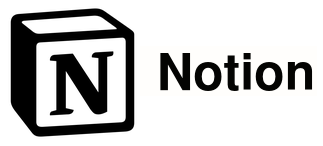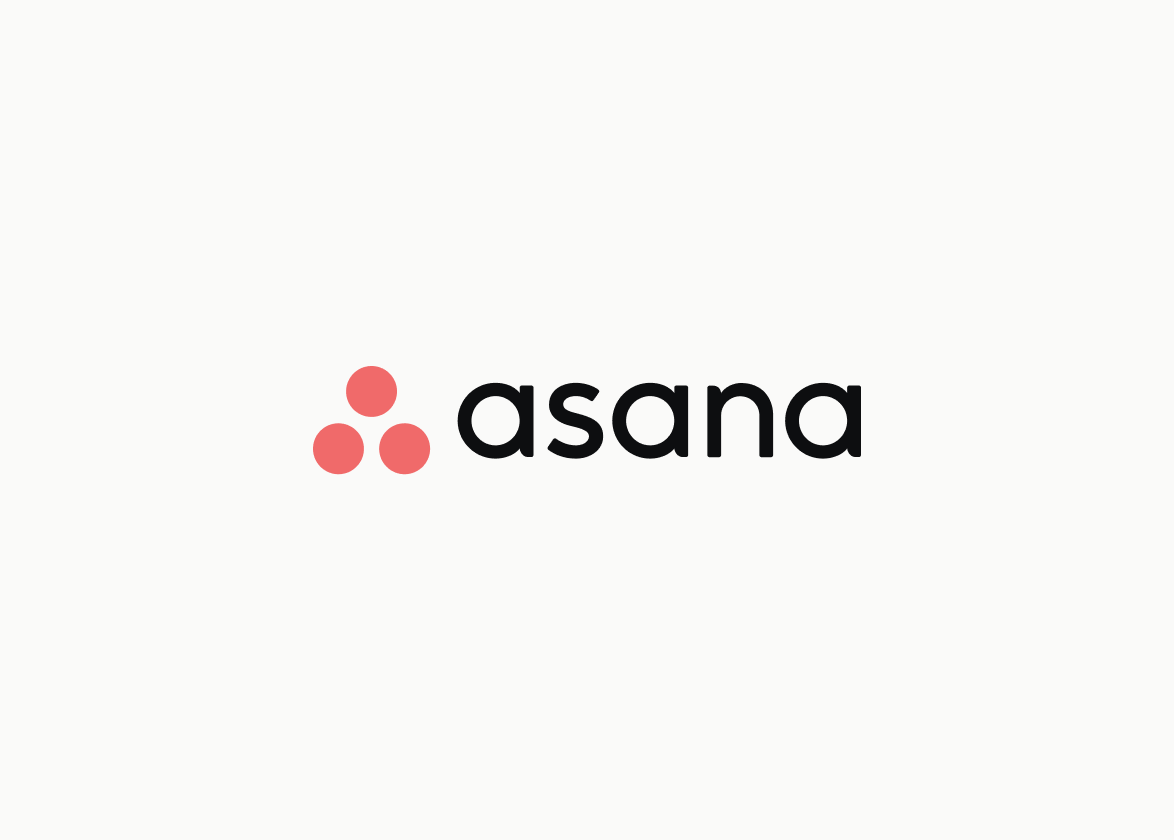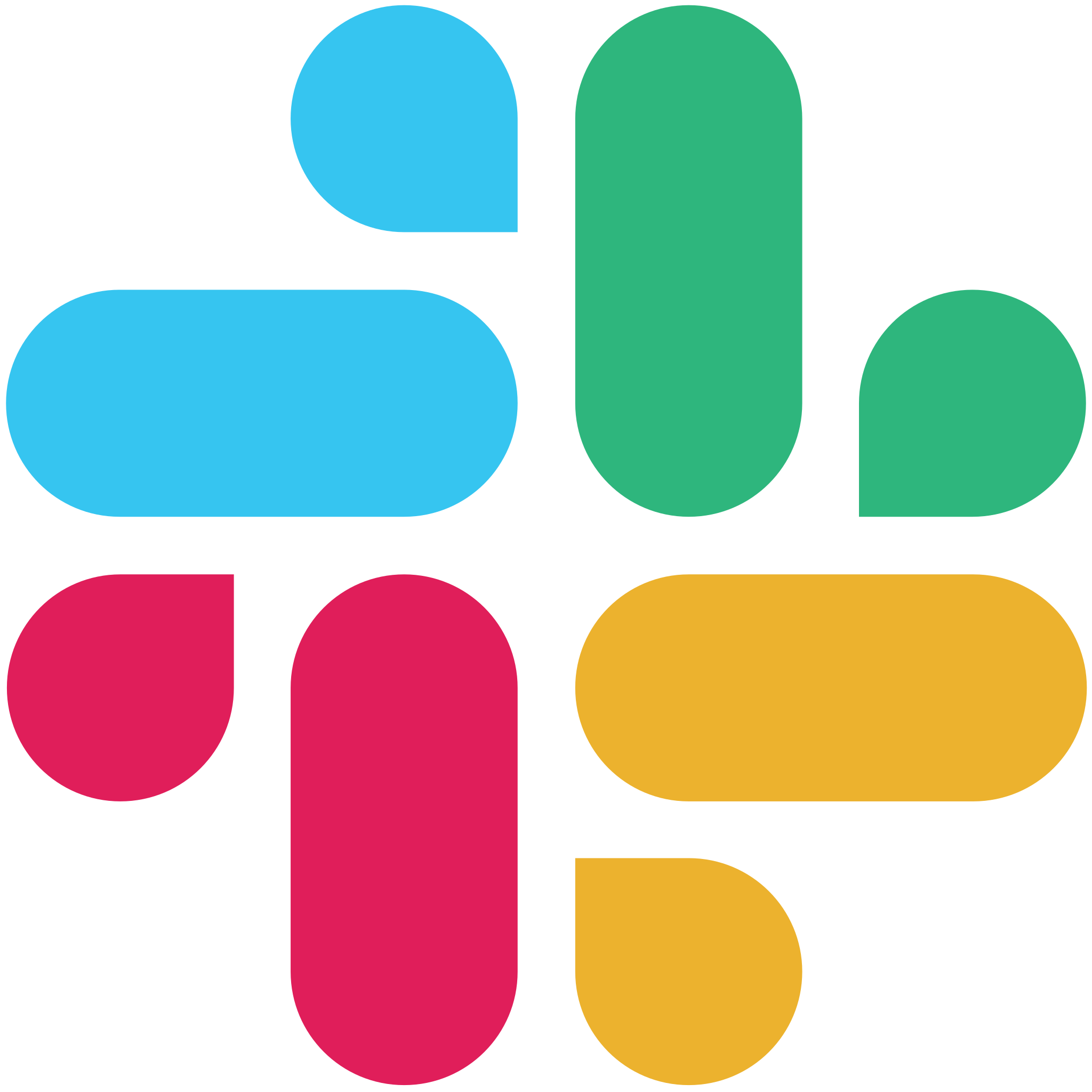Today’s project management tools, utilities, and apps provide more value to the average PM than ever before – as long as you’re using the right ones. Let’s compare two popular project management tools: Notion and Asana to see how each can add value to your workflow.
| Key Feature | Our Pick |
|---|---|
| Task Management | Tie |
| Built-In Collaboration | Tie |
| Data Management & Visualization |  |
| Free Plan |  |
| Paid Plan |  |
Notion & Asana Compared
Both Notion and Asana are used in modern project management. They can be used separately, together, or with other software packages to standardize your organization’s PM processes and ensure everyone on your team is operating on the same page.
Standard Features Compared
Notion and Asana share many standard features. Both solutions streamline many of the processes associated with day-to-day tasks and project management, and they can both be complemented via integrations with third-party apps. However, there are some key differences that may sway your decision in one direction or another.
 |  | |
|---|---|---|
| Internal database creation | ✔ | X |
| Activity log tracking | 7 days (free accounts)30 days (Plus plan) 90 days (Business plan) / Unlimited (Enterprise plan) | Unlimited for all plans |
| File storage capacity | 5MB (free accounts) / Unlimited (paid accounts) | Unlimited (100MB file size limit) |
| Agile development | Limited support | Full support |
| Kanban boards | ✔ | ✔ |
| Third-Party Integrations | Limited availability | 100+ free integrations |
| Cross-platform compatibility | ✔ | ✔ |
When compared side-by-side, it’s easy to see how the two project management tools stack up against one another. Teams that need to track team activities, store files, or engage in Agile development will likely prefer Asana. In contrast, those who need an internal database or wiki to track documentation will find more value in Notion.
Project Management Features Compared
Some of the features shared between Notion and Asana — task management, collaboration, data management — pertain specifically to project management. These features make either option a viable project management tool when utilized by skilled PMs and their teams.
Task Management
Our Pick: Tie
Every project consists of various tasks that require timely completion to keep the project running smoothly and on time. Notion’s interactive workspace accommodates this by using different pages to represent individual tasks. Additional pages can be added as sub-tasks. Also, tasks are immediately differentiated using various emojis and cano be linked to other lists and calendars created within Notion.
Asana provides much of the same functionality – albeit through a different approach. In this case, tasks are represented by individual cards that are then organized into your ongoing projects. Similarly to Notion, Asana’s cards can also be linked to other important project resources as needed.
Collaboration & Usability
Our Pick: Tie
Notion and Asana were both developed with project collaboration in mind. While Notion was initially created as a simple note-taking app, it’s since expanded to include wiki creation for internal policies and procedures, online file sharing, calendars, timelines, Kanban boards, and more.
Conversely, Asana supports team collaboration by providing as many communication channels as possible. Their online chat service is great for asking questions or tracking productivity, and Asana’s cards support user assignments, comments, and status updates. Like Notion, Asana offers online file sharing, calendars, and Kanban boards.
Data Management & Visualizations
Our Pick: Notion
Both of these project management tools let you manage and visualize data in different ways. Notion’s primary selling point is its wiki feature, which lets you organize internal data into a centralized database. Basic page analytics are available with their free service, while you can access the advanced analytics from their paid services. They also offer various project views that help you visualize data in a way that works for you and your team. However, the myriad of options can be overwhelming for novice users.
Since Asana doesn’t include a wiki or internal database for important documentation, it doesn’t quite match up to the level of service provided by Notion in this area. However, they do offer many different project views – including calendar views, list views, and timelines – that make it easier for your team to track project progress and productivity.
Benefits & Pricing
Although the pricing varies between the two brands, both Notion and Asana have similar pricing structures in place. Both offer a free plan, which is ideal for individual entrepreneurs and PMs that want to try out their software before committing to a purchase. However, you’ll need a paid subscription to access the advanced features and functionality of either tool. Both Notion and Asana offer three different paid tiers to accommodate the needs of their various customers.
Free Plans
Our Pick: Asana
The free plans of both Notion and Asana are a great way to get acquainted with the basic features and functionality of the two apps. Whether you’re comparing Asana vs Notion side-by-side or just interested in what the two brands offer, the free service is a great place to start – even if you plan on upgrading to a paid subscription later.
- Notion: Notion’s free plan offers a rather limited functionality – especially when compared to Asana’s free version. However, you’ll still have unlimited blocks, access to a collaborative workspace with the ability to invite up to 10 guests, seven-day page history, basic page analytics, and compatibility with third-party software via integrations.
- Asana: Asana’s free plan provides support for unlimited tasks, unlimited projects, unlimited messages, and unlimited file storage (with a 100MB individual file limit). Other features include different project views, project overviews, project briefs, and support for 100+ third-party integrations.
Asana is the clear leader when it comes to its free services. But to make the most of either solution, however, you’ll want to consider their paid subscription plans.
Paid Plans
Our Pick: Asana
Larger corporations and established PMs that use Notion or Asana daily find their free services of limited value. Most of these users opt for one of their paid subscription tiers, each of which provides an increasing level of functionality.
Notion’s Plans
Notion offers three different paid subscription tiers to accommodate a wide range of users and customers. Custom pricing is also available for teams that don’t fit into one of Notion’s standard pricing tiers.

- Plus Plan: $8 per user per month when billed annually
- Business Plan: $15 per user per month when billed annually
- Enterprise Plan: Contact Notion for a product demo and price quote
Users who want to benefit from advanced AI (artificial intelligence) can add the Notion AI services to any plan – including their free and paid plans – for an additional $8 per user per month when billed annually.
Asana’s Pricing
Much like Notion, Asana also offers three paid subscription tiers: Premium, Business, and Enterprise. They are priced a bit higher than the comparable plans offered by Notion, but Asana’s services include some extra functionality that isn’t natively included in Notion.

- Premium Plan: $10.99 per user per month when billed annually
- Business Plan: $24.99 per user per month when billed annually
- Enterprise Plan: Contact Asana’s sales team for a custom price quote
Asana also offers custom pricing for users and customers who can’t find what they need in their advertised pricing plans. These plans are created and developed on a case-by-case basis.
Notion vs. Asana: Which is the Better Project Management Tool?
While Notion and Asana have numerous similarities, they really serve two completely different purposes in project management.
Notion, billed as a connected workspace that facilitates brainstorming, note-taking, and collaboration, is a lightweight productivity app that’s highly intuitive and easy to use. Asana, on the other hand, is a project and task management suite with limited CRM functionality. This gives Asana a slight edge when it comes to full-scale project management. However, the two are often used in conjunction to give PMs and their teams the best of both worlds.







